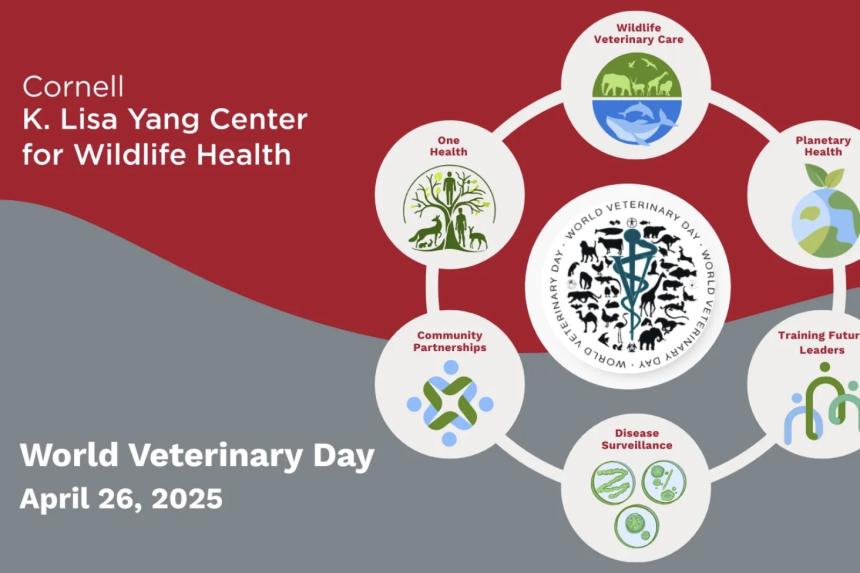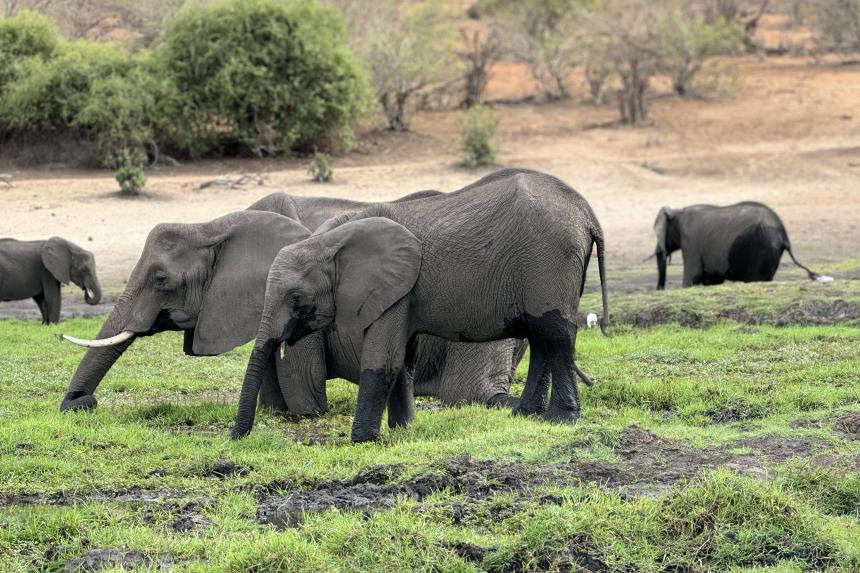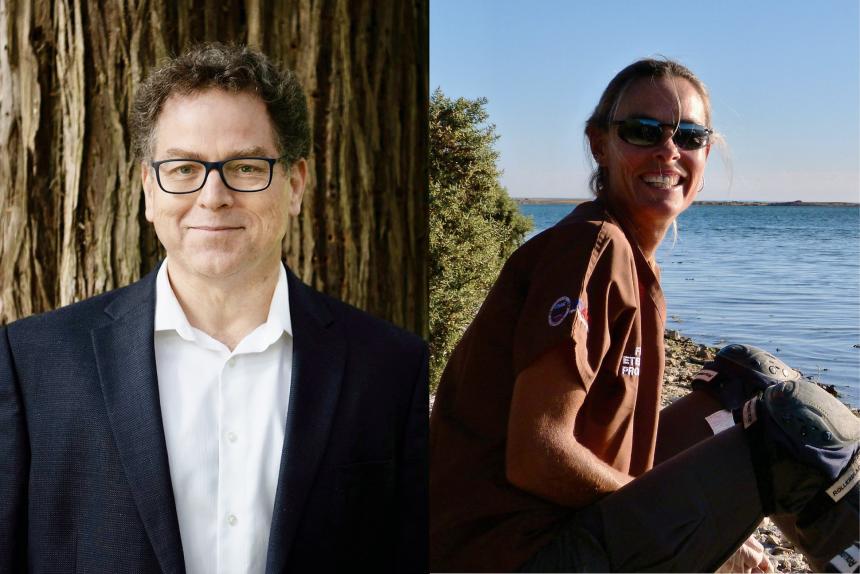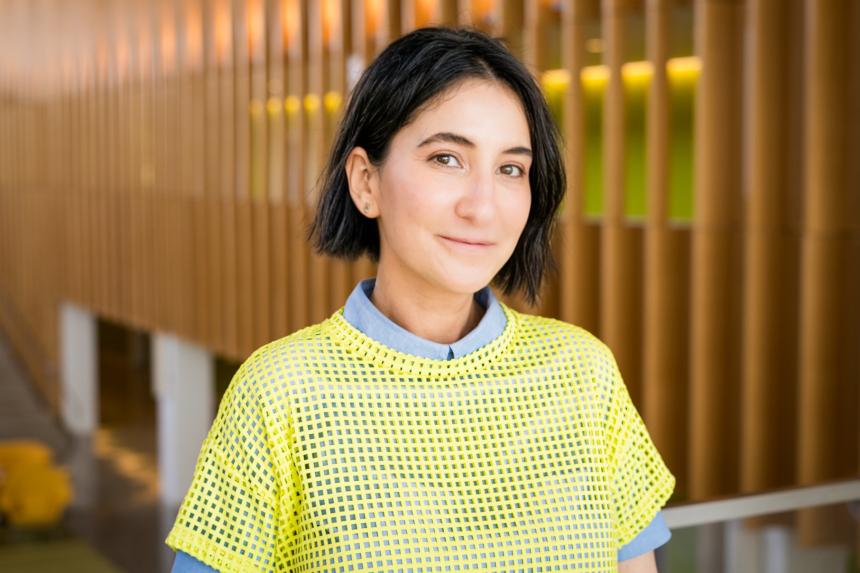In the News

April 30, 2025
On February 11-12, 2025, Dr. Pete Coppolillo, Executive Director of Working Dogs for Conservation (WD4C), was welcomed to Cornell University as a special guest speaker to discuss how dogs are helping to further conservation efforts.

April 26, 2025
On World Veterinary Day this year, we are celebrating Cornell's wildlife and ecosystem health teams and their tireless efforts to build a healthier future for wildlife, people, and planet.

April 21, 2025
A new paper in the journal CABI One Health captures a pioneering One Health effort that reinforces the reality that meaningful policy change across sectors often takes significant time and patience.
April 15, 2025
Cornell’s Dr. Raina Plowright and colleagues weigh in on a proposed World Health Organization Pandemic Agreement, stressing the need for adaptable, united action to prevent future pandemics.

March 28, 2025
by
Rodman Getchell
I joined my colleagues at the Cornell University College of Veterinary Medicine (CVM), Dr. Kathryn Fiorella, and her PhD student, veterinarian Eric Teplitz, who have been working to examine interactions among environmental change, livelihoods, food systems, and nutritional security....

March 24, 2025
Drs. Craig Stephen and Marcela Uhart will headline the inaugural Cornell K. Lisa Yang Center for Wildlife Health Distinguished Speaker event on March 28 at Cornell’s College of Veterinary Medicine. They will discuss critical One Health and conservation challenges, highlighting the connections between human, animal, and ecosystem health.

Blog
March 19, 2025
The work of Cornell Public Health’s Dr. Ana Bento bridges ecology, climate, and public health, using mathematical models to understand the complex factors driving the spread of infectious diseases.

March 17, 2025
Cornell researcher Raina Plowright and her team found that when bats shift to low-protein diets due to habitat loss, they shed more viruses, increasing the risk of spillover to humans and animals.

March 03, 2025
After reading the alumni spotlight on Nate LaHue, DVM ‘13, during my second year of veterinary school, I knew I wanted to explore wildlife work in a government agency and decided to reach out....

February 26, 2025
New research reveals that the stopover patterns of mallard ducks—natural carriers of avian influenza—could help predict the risk of bird flu transmission to backyard poultry.
